Improve Your Art by Mastering the Basics of Color Mixing
Welcome to the vibrant world of color mixing, where every stroke of your brush can transform a blank canvas into a masterpiece! Color is not just a visual element; it’s an emotional language that speaks to the viewer's heart. By mastering the basics of color mixing, you open the door to endless creative possibilities that can elevate your artwork to new heights. Imagine standing before your canvas, armed with the knowledge of how to blend colors seamlessly, creating depth, harmony, and emotion in your pieces. This article delves into essential techniques that will not only enhance your artistic skills but also deepen your understanding of color theory and practical application.
Understanding color theory is fundamental for artists. It provides a framework for mixing colors effectively and helps in creating harmonious compositions that resonate with viewers on an emotional level. Color theory encompasses the science and art of using color, helping you to understand how colors interact, complement, and contrast with each other. By grasping these concepts, you can make informed decisions about your color choices, ensuring that your artwork communicates the desired mood and message. Think of color theory as your artistic compass, guiding you through the vast landscape of hues and shades.
Exploring the color wheel's primary, secondary, and tertiary colors is crucial. These foundational colors serve as the building blocks for all other colors, and understanding their relationships enhances your mixing abilities. The primary colors—red, blue, and yellow—cannot be created by mixing other colors, but they can be combined in various proportions to create secondary colors such as green, orange, and purple. Tertiary colors arise from mixing primary and secondary colors, adding even more complexity to your palette. Embracing this color wheel knowledge is like having a secret recipe for crafting stunning visuals.
Learning to mix primary colors is the first step in color mixing. This process allows artists to create a wide range of colors by combining red, blue, and yellow in various proportions. For instance, if you mix equal parts of red and yellow, you'll get orange. It's a simple yet powerful technique that opens up a world of color exploration. Just like a chef experimenting with flavors, you can play with different ratios to discover unique shades that can make your artwork pop!
Secondary colors emerge from mixing equal parts of primary colors. Understanding how to create green, orange, and purple expands your palette and enables more creative possibilities in your artwork. For example, mixing blue and yellow yields green, a color often associated with nature and tranquility. By mastering secondary colors, you can add layers of meaning and emotion to your pieces, making them more relatable and impactful.
Tertiary colors are formed by mixing primary and secondary colors. This nuanced understanding enriches your color palette and allows for more complex color relationships in your art. For instance, mixing red and orange gives you red-orange, a warm and vibrant hue that can evoke feelings of excitement or passion. The ability to create and utilize tertiary colors can elevate your artwork, giving it depth and sophistication.
Color temperature, defined as warm or cool colors, significantly affects mood and perception in art. Warm colors like reds, oranges, and yellows often evoke feelings of warmth, energy, and excitement, while cool colors such as blues, greens, and purples can create a sense of calmness and serenity. Mastering this concept helps artists convey emotions and create depth in their compositions. Think of color temperature as the emotional undertone of your artwork, setting the stage for how viewers will feel when they engage with your piece.
Complementary colors, located opposite each other on the color wheel, create striking contrasts. Utilizing these colors effectively can enhance visual interest and add vibrancy to your artwork. For instance, pairing blue with orange creates a dynamic tension that draws the viewer's eye. This contrast can be used strategically to highlight specific elements in your composition, making them stand out and capturing attention.
Incorporating complementary colors can create a sense of depth and dimension. This technique draws the viewer's eye and enhances the overall impact of your artwork. Imagine a landscape painting where the lush green trees are set against a bright red sunset; the contrast not only makes each color pop but also adds a three-dimensional quality that invites the viewer into the scene. By mastering the use of complementary colors, you can transform your work from flat to fantastic!
Engaging in practical exercises is vital for mastering color mixing. Experimenting with different mediums and techniques can significantly improve your confidence and skill in using color effectively. Consider setting up a color mixing chart where you document your experiments with different color combinations. This not only serves as a reference for future projects but also helps you visualize the relationships between colors. Remember, the more you practice, the more intuitive color mixing will become, transforming your artistic process into a seamless flow of creativity.
- What are the primary colors? The primary colors are red, blue, and yellow. These colors cannot be created by mixing other colors.
- How do I create secondary colors? Secondary colors are created by mixing equal parts of two primary colors. For example, red and yellow make orange.
- What are complementary colors? Complementary colors are pairs of colors that are opposite each other on the color wheel, such as blue and orange.
- How can I practice color mixing? You can practice by creating a color mixing chart, experimenting with paints, or using digital tools to explore color combinations.
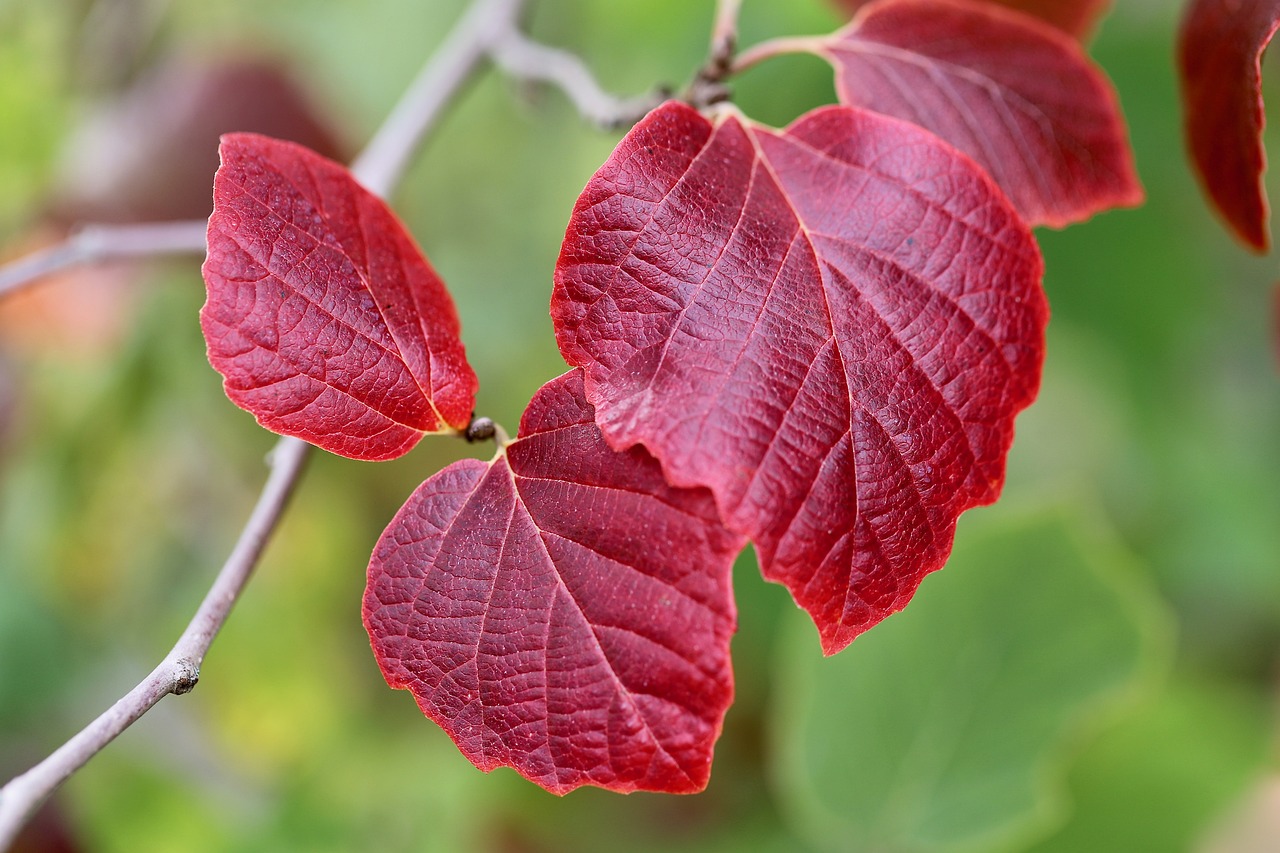
The Importance of Color Theory
Understanding color theory is fundamental for artists. It provides a framework that not only aids in mixing colors effectively but also helps in creating harmonious compositions that resonate with viewers on an emotional level. Think of color theory as the blueprint for your artistic journey; without it, you might find yourself lost in a sea of hues, unsure of how to navigate the vibrant world of color.
At its core, color theory encompasses the relationships between colors and how they interact with one another. This knowledge empowers artists to manipulate colors to evoke specific feelings or moods. For instance, warm colors like reds and yellows can generate feelings of warmth and excitement, while cool colors such as blues and greens often evoke calmness and serenity. Understanding these emotional responses can significantly enhance the impact of your artwork.
Moreover, mastering color theory allows artists to create balance and harmony in their compositions. By knowing how to pair colors effectively, you can avoid the chaos that might arise from clashing hues. For example, when you combine colors that are analogous (next to each other on the color wheel), you can create a sense of unity, while contrasting colors can add excitement and dynamism to your piece. This balance is crucial in guiding the viewer's eye and ensuring that your artwork communicates its intended message clearly.
To further illustrate the importance of color theory, consider the following key aspects:
- Color Relationships: Understanding how colors relate to one another can help you make informed choices in your artwork.
- Emotional Impact: Different colors can evoke various emotions, allowing you to convey feelings through your art.
- Visual Harmony: A solid grasp of color theory enables you to create visually pleasing compositions that engage viewers.
In conclusion, color theory is not just a set of rules; it's a powerful tool that can elevate your artistic expression. By mastering the principles of color mixing and understanding how colors interact, you’ll unlock a new level of creativity in your work. So, whether you’re a beginner or a seasoned artist, investing time in learning color theory will undoubtedly enhance your skills and bring your artistic vision to life.
Here are some common questions about color theory that many artists have:
- What are the primary colors? The primary colors are red, blue, and yellow. These colors cannot be created by mixing other colors.
- What are complementary colors? Complementary colors are pairs of colors that are opposite each other on the color wheel, such as red and green or blue and orange.
- Why is color mixing important? Color mixing allows artists to expand their palette and create a wider range of colors, enhancing their artistic expression.

Primary, Secondary, and Tertiary Colors
When diving into the world of color mixing, it's essential to grasp the concept of . These colors form the very foundation of your artistic palette. Imagine standing before a vast canvas, the potential of your artwork stretching out like an uncharted territory. Understanding these color categories equips you with the tools to navigate that territory with confidence and creativity.
Primary colors—red, blue, and yellow—are the building blocks of all other colors. They cannot be created by mixing other colors together. Think of them as the original ingredients in a recipe; without them, you can't bake your cake! By mastering these colors, you'll unlock the ability to create a multitude of shades and hues.
Next, we have the secondary colors, which are born from mixing equal parts of two primary colors. This is where the magic begins! When you blend red and blue, you get purple; mixing blue and yellow yields green; and combining red and yellow produces orange. Here’s a quick reference table to visualize this:
| Primary Color 1 | Primary Color 2 | Resulting Secondary Color |
|---|---|---|
| Red | Blue | Purple |
| Blue | Yellow | Green |
| Red | Yellow | Orange |
Now, let’s take it a step further and explore tertiary colors. These are created by mixing a primary color with a secondary color, resulting in a more nuanced and complex color palette. For example, if you mix red (a primary color) with orange (a secondary color), you get red-orange. Similarly, mixing blue with green gives you blue-green. This intricate dance of colors allows for endless possibilities and can dramatically enhance your artwork.
To really grasp these concepts, it’s beneficial to engage in hands-on practice. Grab some paints and start mixing! Experiment with different ratios and observe how the colors change. You’ll find that understanding these basic color relationships not only improves your mixing skills but also ignites your creativity. After all, art is about exploration and discovery!
In conclusion, mastering primary, secondary, and tertiary colors is crucial for any artist looking to elevate their work. These colors serve as the backbone of your artistic expression, allowing you to convey emotions, create depth, and engage your audience. So, roll up your sleeves, get your hands dirty with paint, and let the colors guide you on your artistic journey!
- What are primary colors? Primary colors are red, blue, and yellow; they cannot be made by mixing other colors.
- How are secondary colors created? Secondary colors are created by mixing two primary colors in equal parts.
- What are tertiary colors? Tertiary colors are formed by mixing a primary color with a secondary color.
- Why is color mixing important in art? Understanding color mixing allows artists to create a wider range of colors and enhances the emotional impact of their work.
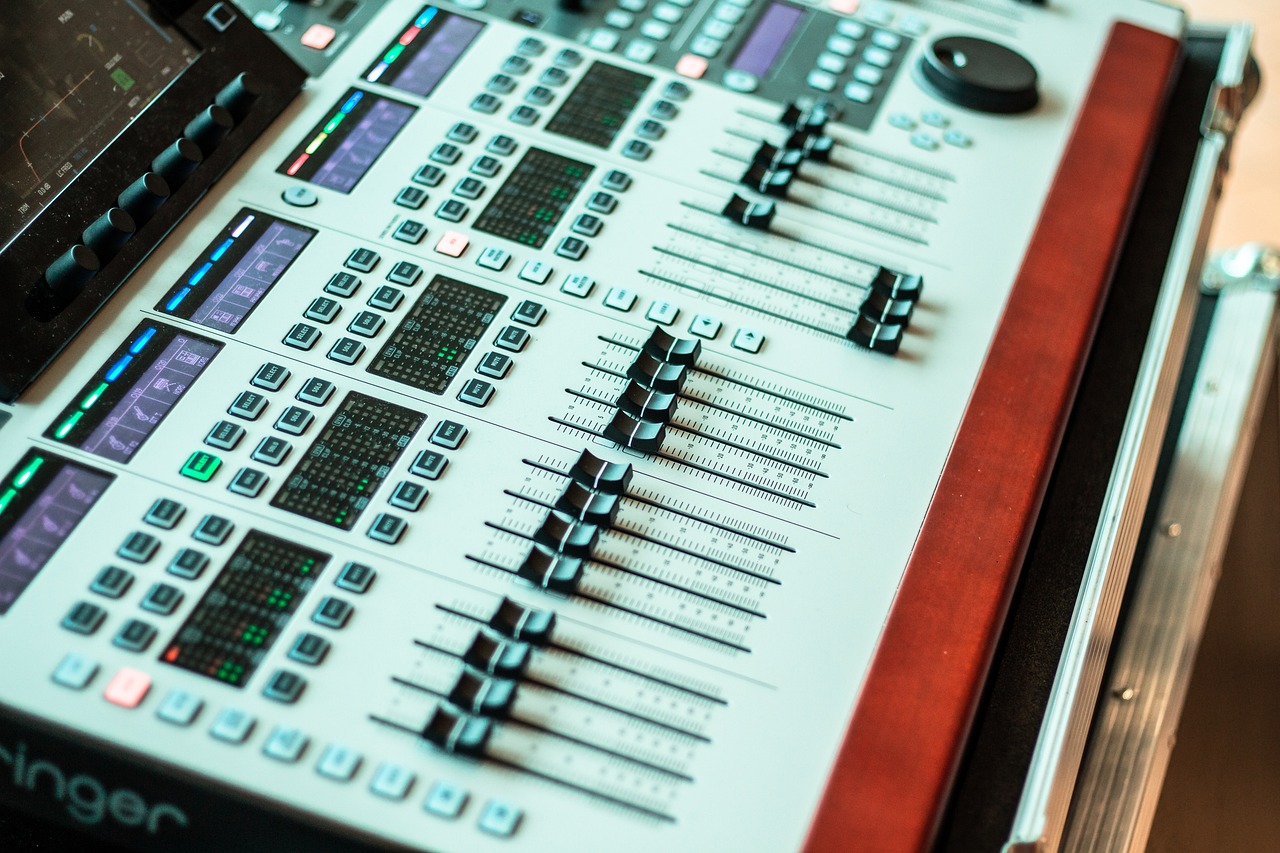
Mixing Primary Colors
Mixing primary colors is like unlocking a treasure chest of possibilities in your artistic journey. Imagine standing in front of a blank canvas, armed with just three colors: red, blue, and yellow. These colors are the foundation of your entire palette, and understanding how to mix them effectively can open up a world of creativity. When you combine these primary colors in different proportions, you can create a stunning array of hues that will make your artwork come alive.
To get started, let's break down the process of mixing these primary colors. Think of it as a recipe where you can adjust the ingredients to achieve the perfect flavor. For instance, if you want to create a vibrant orange, you would mix red and yellow in equal parts. However, if you desire a more subdued shade, simply add a bit more yellow to the mix. This flexibility allows you to fine-tune your colors until they match your vision perfectly.
Here’s a simple table to illustrate how different combinations of primary colors yield various results:
| Primary Color Combination | Resulting Color |
|---|---|
| Red + Yellow | Orange |
| Red + Blue | Purple |
| Blue + Yellow | Green |
As you experiment with mixing primary colors, it's essential to keep in mind the concept of color intensity. Mixing equal parts of two primary colors will produce a vibrant secondary color, but if you lean more towards one color, you’ll create a more muted tone. This is where your artistic intuition comes into play. Are you aiming for a bold statement or a soft whisper in your artwork? The choice is yours, and it all starts with mastering these primary colors.
In addition, consider the medium you are working with. Watercolors, acrylics, and oils all behave differently when mixed. For example, watercolors tend to produce more transparent mixes, while acrylics can yield vibrant, opaque results. Experimenting with these mediums will not only enhance your understanding of color mixing but will also help you discover your unique artistic voice.
In conclusion, mixing primary colors is an essential skill that every artist should master. It’s not just about creating new colors; it’s about understanding the relationships between colors and how they can evoke emotions and set the tone of your artwork. So grab your brushes, dive into the world of color mixing, and let your creativity flow!
- What are primary colors? Primary colors are the foundation of all other colors and include red, blue, and yellow.
- Can I create other colors without using a color wheel? Yes! You can create various colors by mixing primary colors in different proportions.
- How do I know when to use warm or cool colors? Warm colors (like red and yellow) tend to evoke energy and excitement, while cool colors (like blue and green) create a calming effect. Use them based on the mood you want to convey in your artwork.
- What is the best medium for mixing colors? It depends on your preference! Watercolors are great for transparency, while acrylics are excellent for vibrant, opaque colors.
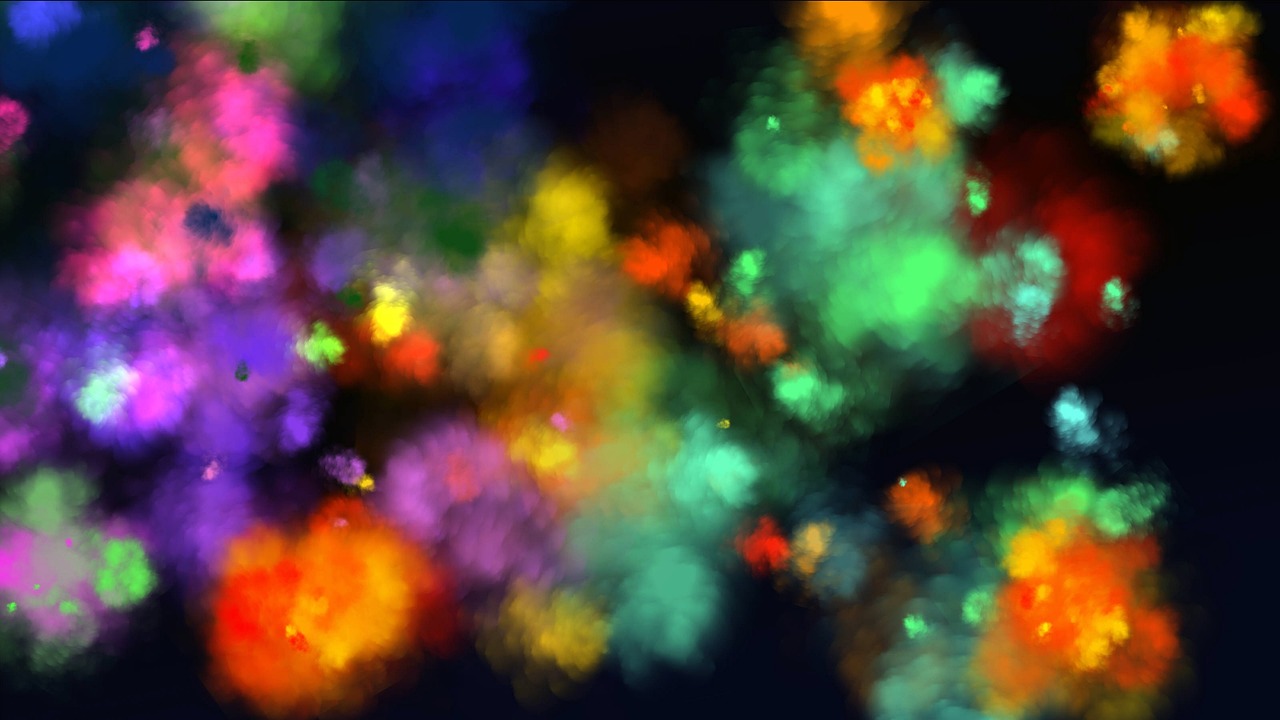
Creating Secondary Colors
Creating secondary colors is an exciting journey into the world of color mixing! When you mix equal parts of two primary colors, you unlock a whole new spectrum of hues that can transform your artwork. Imagine this: you have your trusty palette with red, blue, and yellow. By combining these vibrant primary colors, you can create three stunning secondary colors: green, orange, and purple.
Let’s break it down a bit more. When you mix red and yellow, you get a warm, inviting orange. This color often evokes feelings of warmth and energy—perfect for capturing a sunset or a lively scene. Next, when you blend yellow with blue, you create a refreshing green, reminiscent of lush forests and vibrant meadows. This color is fantastic for landscapes, giving them life and depth. Finally, mixing blue and red results in a rich, regal purple, often associated with creativity and imagination. This color can add a touch of elegance to your artwork.
To make this process even clearer, here’s a simple table that summarizes the creation of secondary colors:
| Primary Color 1 | Primary Color 2 | Resulting Secondary Color |
|---|---|---|
| Red | Yellow | Orange |
| Yellow | Blue | Green |
| Blue | Red | Purple |
Now that you know how to create secondary colors, you might wonder how to effectively use them in your artwork. The key is to experiment! Try mixing different ratios of your primary colors to see how the secondary colors change. For instance, mixing more red with yellow will give you a brighter orange, while adding more blue to yellow will yield a more muted green. The possibilities are endless!
Additionally, incorporating secondary colors into your compositions can enhance the visual appeal of your artwork. They can be used to create focal points or to balance out your color scheme. Remember, color is not just about aesthetics; it’s about evoking emotions and telling a story. So, don’t be afraid to play around with these colors and see what resonates with you and your audience!
- What are secondary colors? Secondary colors are created by mixing equal parts of two primary colors.
- How do I create orange, green, and purple? Mix red and yellow for orange, yellow and blue for green, and blue and red for purple.
- Can I adjust the shades of secondary colors? Yes! By varying the proportions of the primary colors, you can create different shades of secondary colors.
- Why is understanding secondary colors important? Understanding secondary colors helps you create a more diverse and vibrant color palette in your artwork.
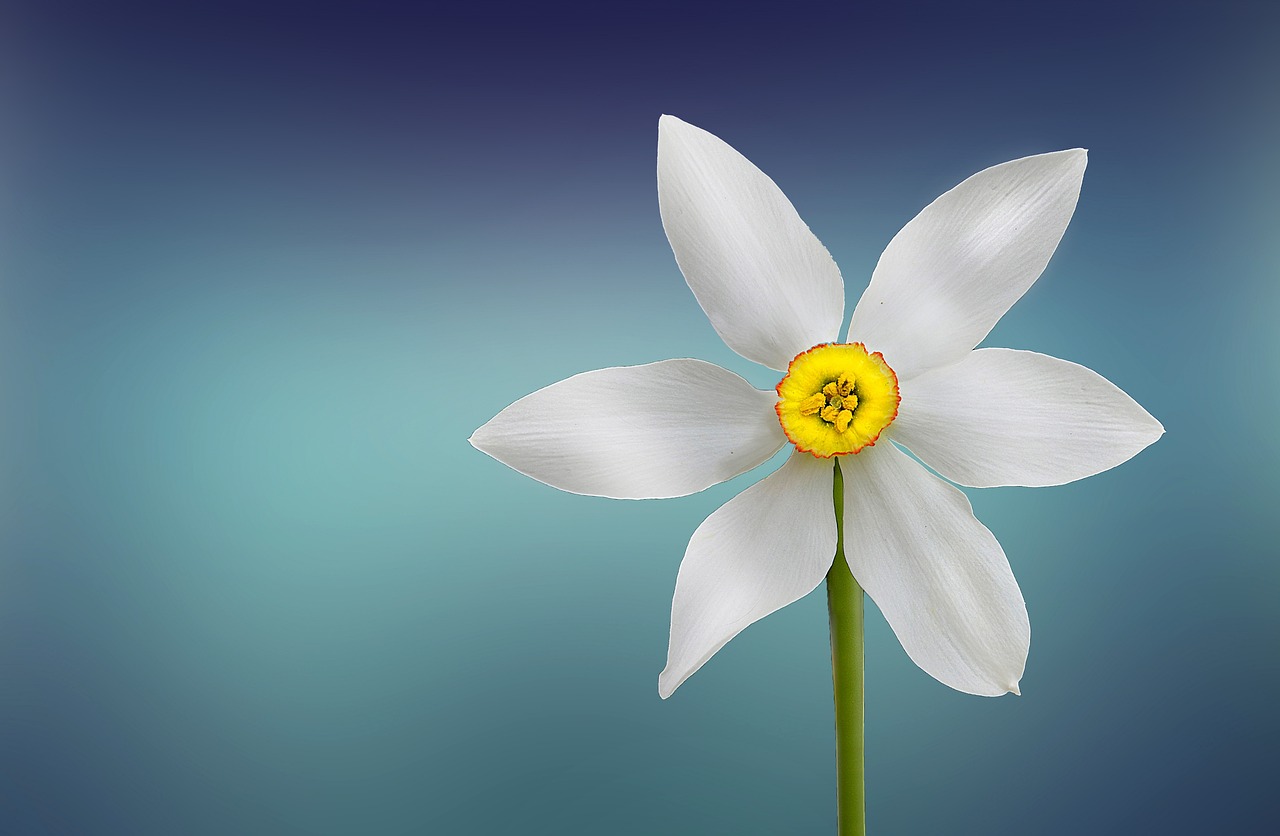
Exploring Tertiary Colors
When diving into the realm of color mixing, understanding tertiary colors is like discovering the secret ingredient that elevates your art from good to extraordinary. Tertiary colors are formed by mixing a primary color with a secondary color, which creates a rich spectrum of hues that can add depth and complexity to your palette. Think of it as blending the boldness of primary colors with the subtleties of secondary colors, resulting in a more nuanced expression of your artistic vision.
For example, when you mix yellow (a primary color) with orange (a secondary color), you get yellow-orange. Similarly, combining blue with green yields blue-green. These combinations not only expand your color options but also allow for more dynamic compositions. Imagine painting a sunset where the sky transitions from a warm orange to a soft yellow-orange, creating a visual symphony that captures the viewer's attention.
To further illustrate this concept, let's take a look at a simple table that outlines the primary and secondary color combinations that lead to various tertiary colors:
| Primary Color | Secondary Color | Tertiary Color |
|---|---|---|
| Red | Orange | Red-Orange |
| Red | Purple | Red-Purple |
| Blue | Purple | Blue-Purple |
| Blue | Green | Blue-Green |
| Yellow | Green | Yellow-Green |
| Yellow | Orange | Yellow-Orange |
By incorporating tertiary colors into your artwork, you can create a more vibrant and engaging experience for your audience. These colors can serve as bridges between the primary and secondary hues, allowing for smooth transitions and a harmonious balance in your compositions. Imagine painting a lush forest scene where the leaves are not just green but infused with hints of yellow-green and blue-green, giving life and movement to your artwork.
In conclusion, exploring tertiary colors is not just an exercise in mixing; it’s about understanding how these hues interact and how they can be used to evoke emotions and create stunning visuals. Whether you’re painting a serene landscape or an abstract piece, the addition of tertiary colors can transform your work into a captivating masterpiece that resonates with viewers on multiple levels.
- What are tertiary colors? Tertiary colors are created by mixing a primary color with a secondary color.
- Why are tertiary colors important in art? They add depth and complexity, enhancing the overall visual appeal of artwork.
- Can you give examples of tertiary colors? Yes, examples include yellow-orange, red-orange, and blue-green.
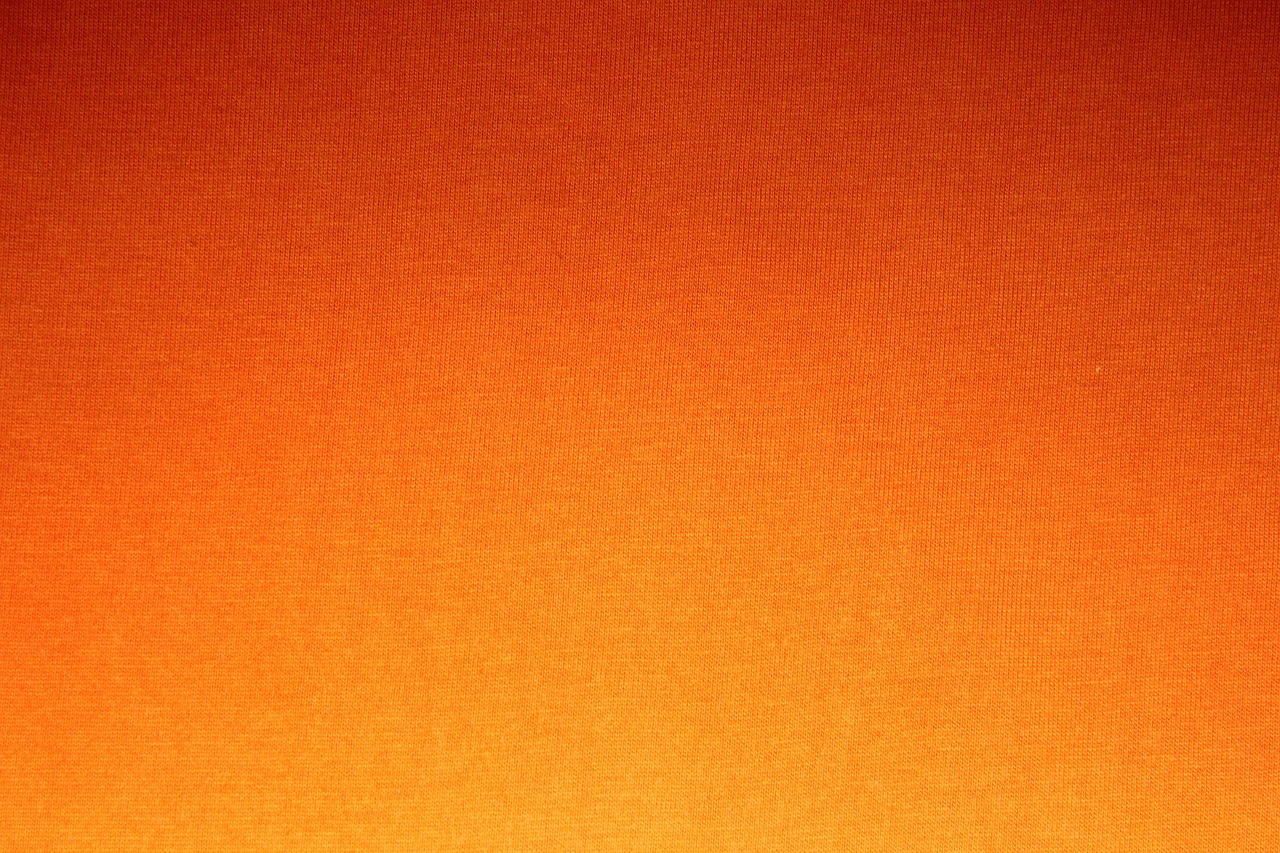
Color Temperature and Its Impact
When it comes to art, color is not just a visual element; it’s a powerful tool that can evoke emotions, set the mood, and create a sense of depth. One crucial aspect of color that every artist should grasp is color temperature. This concept divides colors into two main categories: warm and cool. Warm colors, such as reds, oranges, and yellows, tend to evoke feelings of energy and excitement, while cool colors like blues, greens, and purples often convey calmness and serenity. Understanding this can profoundly impact how your artwork is perceived.
Think about how the sun makes you feel. When it’s shining bright, everything seems more vibrant and alive, right? That’s the effect of warm colors. Conversely, a cloudy day might make you feel a bit more subdued, reflecting the cool tones of the sky. This emotional resonance is why mastering color temperature is essential for any artist striving to connect with their audience.
Moreover, the temperature of colors can be used to create depth and dimension in your artwork. For instance, when you place warm colors in the foreground and cool colors in the background, it creates an illusion of depth, pulling the viewer's eye into the scene. This technique can be especially effective in landscape paintings, where the warm hues of a sunset can contrast beautifully with the cooler tones of distant mountains.
To illustrate this further, consider the following table that summarizes the emotional impacts of warm and cool colors:
| Color Temperature | Colors | Emotional Impact |
|---|---|---|
| Warm | Red, Orange, Yellow | Energy, Passion, Excitement |
| Cool | Blue, Green, Purple | Calmness, Serenity, Sadness |
As you experiment with color mixing, pay attention to how these temperatures interact. For example, mixing warm and cool colors can produce intriguing results. A warm orange mixed with a cool blue can create a muted, sophisticated tone that adds complexity to your palette. This interplay can guide you in making conscious decisions about the mood and message of your artwork.
In conclusion, understanding color temperature is not just an academic exercise; it’s a practical skill that enhances your ability to communicate through your art. By mastering this concept, you can elevate your work from mere visuals to powerful emotional experiences that resonate with viewers on a deeper level. So, the next time you pick up your brush, consider the warmth or coolness of the colors you choose and how they can shape the story you wish to tell.
- What are warm colors? Warm colors include red, orange, and yellow, which evoke feelings of energy and excitement.
- What are cool colors? Cool colors consist of blue, green, and purple, often conveying calmness and serenity.
- How can I use color temperature in my artwork? By combining warm and cool colors, you can create depth and emotional resonance in your pieces.
- Does color temperature affect the perception of space in art? Yes, placing warm colors in the foreground and cool colors in the background can create an illusion of depth.
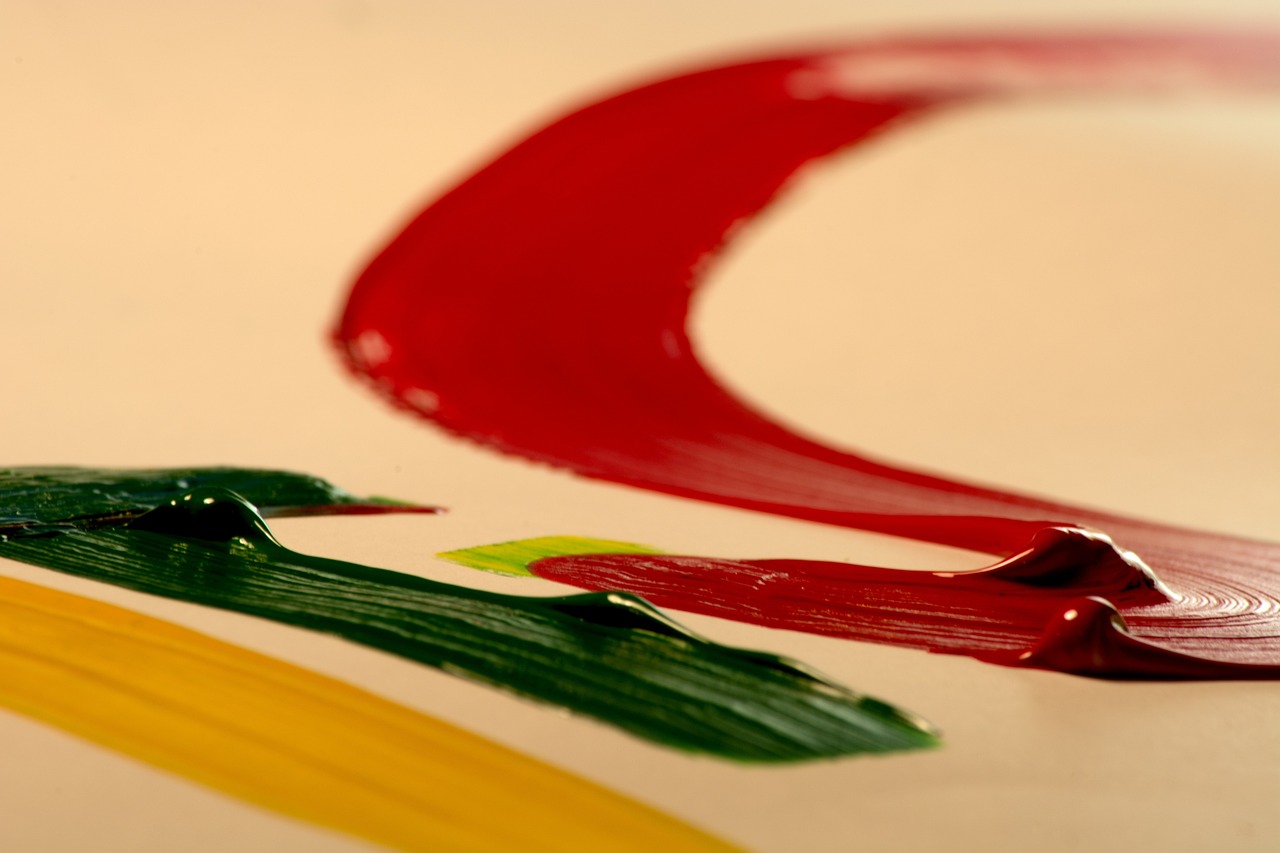
Complementary Colors and Contrast
When it comes to creating visually stunning artwork, understanding complementary colors is like having a secret weapon in your artistic arsenal. These colors, which sit directly opposite each other on the color wheel, can create a sense of vibrancy and energy that draws the viewer's eye. Think of them as the dynamic duo of the color world—when they come together, they can produce an explosion of visual interest that can make your artwork pop!
For instance, pairing a bright orange with a deep blue can create a striking contrast that not only captures attention but also evokes emotions. This technique is not just about aesthetics; it’s about understanding how colors interact with one another. When you use complementary colors, you’re not just throwing paint on a canvas; you’re painting a story, a feeling, or a moment in time. The contrast between these colors can also help to define shapes and create depth, making your work more engaging.
To illustrate how complementary colors work, let’s take a look at a simple table that outlines some common complementary pairs:
| Color | Complementary Color |
|---|---|
| Red | Green |
| Blue | Orange |
| Yellow | Purple |
Using complementary colors effectively can also enhance the mood of your artwork. For example, if you’re painting a sunset, incorporating shades of orange and blue can evoke feelings of warmth and tranquility. On the other hand, if you’re working on a more dramatic piece, using red and green can create tension and excitement. The key is to experiment and see how these colors interact with one another in your specific context.
Another aspect to consider is the intensity of your colors. While pure complementary colors can create high contrast, you can also play with the saturation of these colors to achieve different effects. For instance, using a muted version of a complementary color can create a more subtle contrast, which might be perfect for a softer, more serene piece. This flexibility allows artists to tailor their color choices to fit the mood they want to convey.
Incorporating complementary colors into your artwork isn’t just about slapping two opposing colors together; it’s about creating a harmonious balance that enhances your overall composition. So, the next time you sit down to create, remember to think about the complementary colors at your disposal. They can elevate your work from ordinary to extraordinary, transforming a simple piece into a captivating masterpiece.
- What are complementary colors? Complementary colors are pairs of colors that are located opposite each other on the color wheel, such as red and green or blue and orange.
- How do complementary colors affect artwork? They create contrast and vibrancy, drawing the viewer's eye and enhancing the emotional impact of the piece.
- Can I use muted complementary colors? Absolutely! Muted or less saturated complementary colors can provide a more subtle contrast while still maintaining visual interest.
- How can I practice using complementary colors? Experiment with different color combinations in your artwork, and try to incorporate complementary colors in various ways to see how they interact.

Using Complementary Colors to Create Depth
When it comes to creating depth in your artwork, complementary colors are your best friends. These colors, which sit directly opposite each other on the color wheel, have a unique ability to create stunning contrasts that can draw the viewer's eye and add a three-dimensional feel to your pieces. Think of it like a dance between colors; when one color steps forward, its complement steps back, creating a dynamic visual balance that can make your artwork pop.
Imagine painting a sunset over a calm lake. The warm hues of orange and red in the sky can be beautifully contrasted with the cool blues and greens of the water. This interplay not only emphasizes the vibrancy of the sunset but also enhances the tranquility of the lake, creating a sense of depth that invites viewers to step into the scene.
To effectively use complementary colors, consider the following techniques:
- Layering: Apply layers of complementary colors to create shadows and highlights. For example, using a warm yellow over a cool blue can create a glowing effect that enhances the perception of light.
- Color Blocking: Use large blocks of complementary colors side by side to create stark contrasts. This method can be particularly striking in abstract art, where the emphasis is on color interaction.
- Mixing: When mixed, complementary colors can neutralize each other, creating a range of muted tones that can serve as a perfect background or base for more vibrant hues.
One of the most exciting aspects of using complementary colors is their ability to evoke emotions. For instance, the vibrant clash of red and green can create a sense of urgency or excitement, while the pairing of blue and orange might evoke feelings of calm and warmth. This emotional resonance is what makes complementary colors so powerful in art.
Moreover, understanding how to manipulate these colors can lead to innovative techniques in your artistic practice. For example, when you place a warm color next to a cool color, the warm color will appear to advance, while the cool color recedes, creating an illusion of depth. This can be particularly effective in landscape painting, where you want to convey a sense of distance and perspective.
In conclusion, mastering the use of complementary colors not only enhances the visual appeal of your artwork but also deepens the emotional connection with your audience. It's about creating a dialogue between colors, where each hue plays its part in telling a story. So, grab your paintbrush, experiment with those opposites, and watch as your artwork transforms into a vibrant tapestry of depth and emotion!
Q: What are complementary colors?
A: Complementary colors are pairs of colors that are located directly opposite each other on the color wheel, such as red and green, blue and orange, or yellow and purple. They create strong contrasts when used together.
Q: How can I use complementary colors in my artwork?
A: You can use complementary colors by layering them, using color blocking, or mixing them to create neutral tones. Experimenting with these techniques will help you understand their impact on depth and emotion.
Q: Why are complementary colors important in art?
A: They create visual interest and can enhance the emotional impact of your artwork. By understanding how to use them effectively, you can improve your color mixing skills and overall composition.
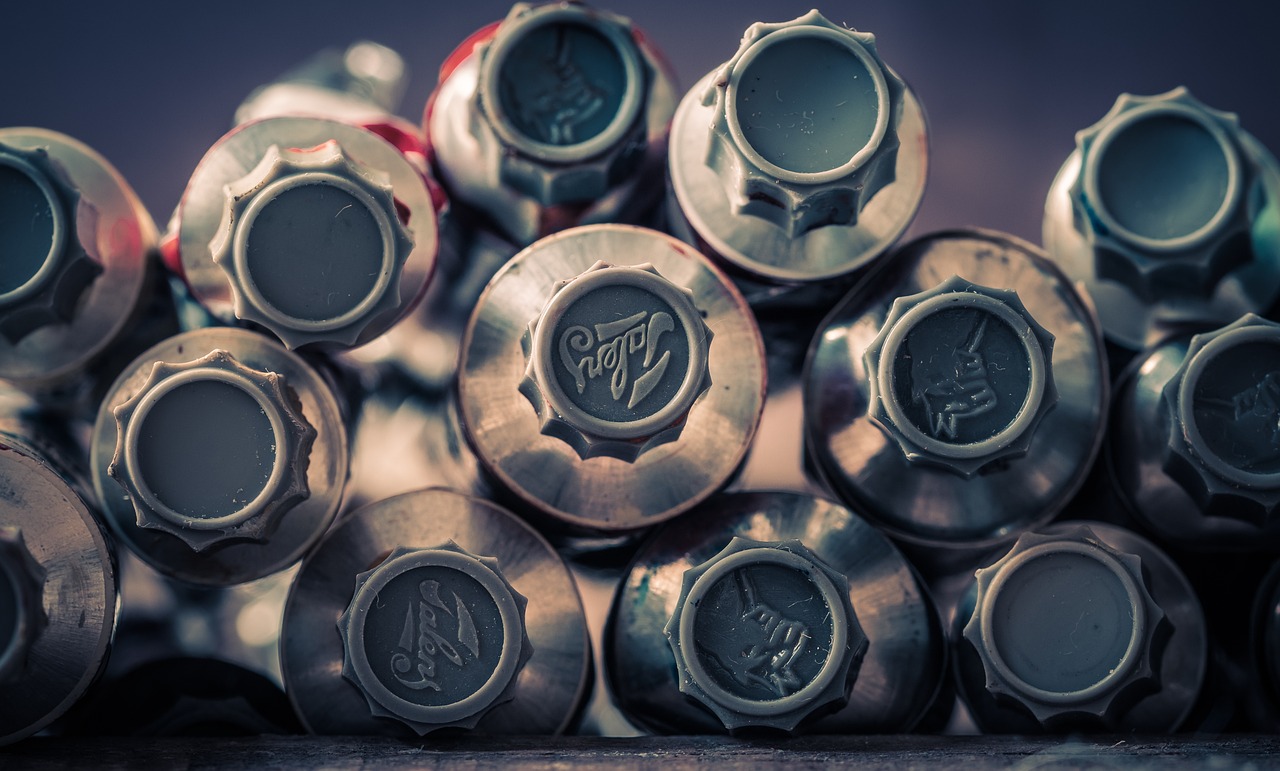
Practical Exercises for Mastering Color Mixing
When it comes to mastering color mixing, practice is your best friend. Just like learning to ride a bike or play an instrument, the more you engage with the colors, the more intuitive your understanding becomes. So, let’s dive into some practical exercises that will help you elevate your color mixing skills to new heights!
First off, start with the basics. Grab your primary colors—red, blue, and yellow—and experiment with mixing them in different proportions. Create a chart to document your results. For instance, try mixing different ratios of red and yellow to see how many shades of orange you can produce. You might be surprised at how many variations you can create with just these three colors!
| Mixing Ratio | Resulting Color |
|---|---|
| 1 part Red + 1 part Yellow | Orange |
| 2 parts Red + 1 part Yellow | Dark Orange |
| 1 part Red + 2 parts Yellow | Light Orange |
Next, let’s talk about creating secondary colors. Once you feel comfortable with the primary colors, it’s time to mix them to form green, orange, and purple. A fun way to do this is to set up a color wheel on a piece of paper, and as you mix your colors, fill in the wheel. This not only gives you a visual reference but also reinforces your understanding of how these colors relate to each other.
Another engaging exercise is the Color Journal. Dedicate a sketchbook or a digital document to track your color mixing experiments. Each page can feature a different color you’ve mixed, along with notes on what you did to achieve that color. This journal will become a valuable resource as you continue to refine your skills. You can even include swatches of the colors you create to have a visual reference at hand!
Moreover, consider incorporating different mediums into your practice. If you usually work with acrylics, try watercolor or oils. Each medium interacts with color differently, and experimenting with these can broaden your understanding of color mixing. For example, watercolors can create beautiful gradients that might be harder to achieve with acrylics, while oils might allow for richer textures.
Lastly, don't forget to challenge yourself with color mixing challenges. Set a timer for 10 minutes and see how many different shades of a specific color you can create within that time. Or, pick a subject from your surroundings and try to replicate its color with your paints. This not only hones your mixing skills but also trains your eye to see subtle differences in color.
Remember, the key to mastering color mixing lies in experimentation and practice. Don’t be afraid to make mistakes; they are often the best teachers. Each time you mix a color, you’re one step closer to becoming a color mixing maestro!
- What are the primary colors? The primary colors are red, blue, and yellow. They cannot be created by mixing other colors.
- How do I create a color wheel? Start with your primary colors and mix them to create secondary colors (green, orange, purple). Then, mix primary and secondary colors to create tertiary colors.
- What is the best way to practice color mixing? Regular practice with various mediums, documenting results, and experimenting with different ratios is the best way to improve.
Frequently Asked Questions
- What is color theory and why is it important for artists?
Color theory is the study of how colors interact and the visual effects they create. It’s crucial for artists because it provides a framework for mixing colors effectively, allowing for harmonious compositions that evoke emotions and connect with viewers.
- What are primary, secondary, and tertiary colors?
Primary colors are red, blue, and yellow; they cannot be created by mixing other colors. Secondary colors, like green, orange, and purple, are made by mixing equal parts of two primary colors. Tertiary colors are formed by mixing a primary color with a secondary color, creating a richer palette for artists.
- How do I mix primary colors to create new colors?
Mixing primary colors involves combining them in various proportions. For example, mixing red and blue creates purple, while mixing blue and yellow produces green. Experimenting with different ratios can yield an extensive range of colors, enhancing your artistic flexibility.
- What role does color temperature play in art?
Color temperature refers to the warmth or coolness of a color. Warm colors (like reds and yellows) can evoke energy and excitement, while cool colors (like blues and greens) often convey calmness and serenity. Understanding this concept helps artists create mood and depth in their artwork.
- How can complementary colors be used effectively?
Complementary colors are located opposite each other on the color wheel and create striking contrasts when used together. They can enhance visual interest, add vibrancy, and help to draw the viewer's eye to specific areas of your artwork, creating a more dynamic composition.
- What practical exercises can help me master color mixing?
Engaging in practical exercises, such as creating color swatches, experimenting with different mediums, or mixing colors on a palette, can significantly improve your color mixing skills. Regular practice allows you to build confidence and develop a deeper understanding of how colors interact.



















